The Disaster Gypsies: Humanitarian Workers in the World's Deadliest Conflicts

Summary
Chatting with notorious war criminal Charles Taylor on the lawn of his presidential mansion as ostriches and armed teenagers strut in the background. Landing in snow-covered Afghanistan weeks after the fall of the Taliban and trying to make sense of a country shattered by years of war. Being held at gunpoint by young soldiers amid the tragedy of the 1994 genocide in Rwanda. Standing in the middle of a violent riot in the streets of Kathmandu. Having hushed conversations with the widows of Europe's largest massacre since World War II. These are all scenes from "The Disaster Gypsies," a compelling personal memoir by a relief worker and conflict specialist who has worked on the ground in a host of war-torn countries.
Initially deployed as part of a humanitarian relief team in Rwanda almost by accident, Norris has experienced the tragedies of Rwanda, Bosnia, Sri Lanka, Afghanistan, and Liberia over a span of ten years. Rich with poignant human stories, "The Disaster Gypsies" captures the reality of modern war with an immediacy and compassion that puts the reader in the front seat for some of the most wrenching events of our times.
Norris approaches his story with a unique and dynamic perspective, having worked both in the upper echelons of the U.S. government and in some of the world's most dangerous places. Moving from face-to-face encounters with powerful warlords to quiet moments with the victims of horrific violence, Norris gives readers a behind-the-scenes tour of a world most of them can barely imagine. He makes a compelling argument that these nasty civil wars were often dismissed as tribal, ethnic, or regional disputes by most Americans, when in reality such violence is fundamentally part of the human condition. That may sound simple or even self-evident, but Norris contends that most people in the United States and Europe continue to view war as something that is outside of themselves and profoundly foreign in its nature, even as their own troops continue to fight in Iraq and Afghanistan.
Similar Books
-
 Second World War
Second World Warby Martin Gilbert
-
 The Second World War: A Complete History
The Second World War: A Complete Historyby Martin Gilbert
-
 The Second World War
The Second World Warby Gilbert Martin
-
 Europe's Last Summer: Who Started the Great War in 1914?
Europe's Last Summer: Who Started the Great War in 1914?by David Fromkin
-
 Stasi: The Untold Story of the East German Secret Police
Stasi: The Untold Story of the East German Secret Policeby John O. Koehler
-
 Honor Bound: The History Of American Prisoners Of War In Southeast
Honor Bound: The History Of American Prisoners Of War In Southeastby Stuart I. Rochester
-
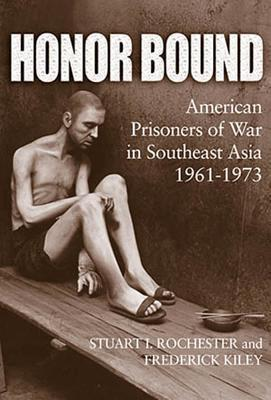 Honor Bound: American Prisoners of War in Southeast Asia, 1961-1973
Honor Bound: American Prisoners of War in Southeast Asia, 1961-1973by Stuart I. Rochester
-
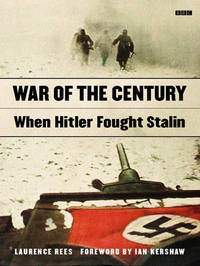 War of the Century: When Hitler Fought Stalin
War of the Century: When Hitler Fought Stalinby Laurence Rees
-
 Stalingrad 1942
Stalingrad 1942by Peter Antill
-
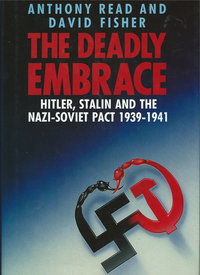
-

-
 Hitler Strikes Poland: Blitzkrieg, Ideology, and Atrocity
Hitler Strikes Poland: Blitzkrieg, Ideology, and Atrocityby Alexander B. Rossino
-
 The Routledge Atlas of the First World War
The Routledge Atlas of the First World Warby Martin Gilbert
-
 My Four Years in Germany
My Four Years in Germanyby James Watson Gerard
-
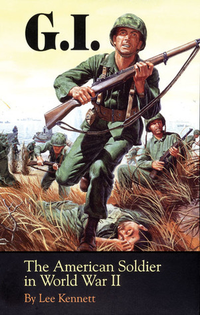 G.I.: The American Soldier in World War II
G.I.: The American Soldier in World War IIby Lee B. Kennett
-
 War in the Wild East: The German Army and Soviet Partisans
War in the Wild East: The German Army and Soviet Partisansby Ben H. Shepherd
-
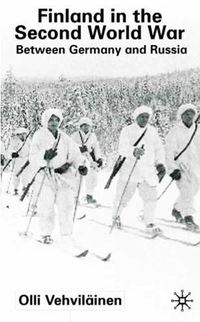 Finland In The Second World War: Between Germany and Russia
Finland In The Second World War: Between Germany and Russiaby Olli Vehviläinen
-

-
 Hitler's Renegades: Foreign Nationals in the Service of the Third Reich
Hitler's Renegades: Foreign Nationals in the Service of the Third Reichby Christopher Ailsby
-
 Resistance Warfare 1940-45
Resistance Warfare 1940-45by Carlos Caballero Jurado
-

-
 Hitler's Army: The Evolution And Structure Of German Forces
Hitler's Army: The Evolution And Structure Of German Forcesby Command Magazine
-
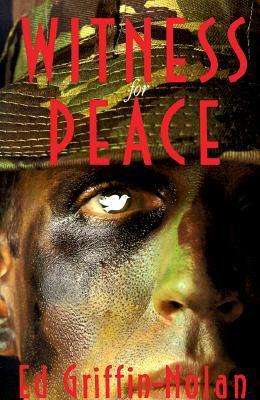 Witness for Peace: A Story of Resistance
Witness for Peace: A Story of Resistanceby Ed Griffin-Nolan
-
 Two Armies and One Fatherland: The End of the Nationale Volksarmee
Two Armies and One Fatherland: The End of the Nationale Volksarmeeby Jörg Schönbohm
-
 Jagdwaffe Volume Five Section 3 - Defending the Reich 1944-1945
Jagdwaffe Volume Five Section 3 - Defending the Reich 1944-1945by Robert Forsyth
-

-
 Liberation: The Canadians in Europe
Liberation: The Canadians in Europeby Bill McAndrew
-
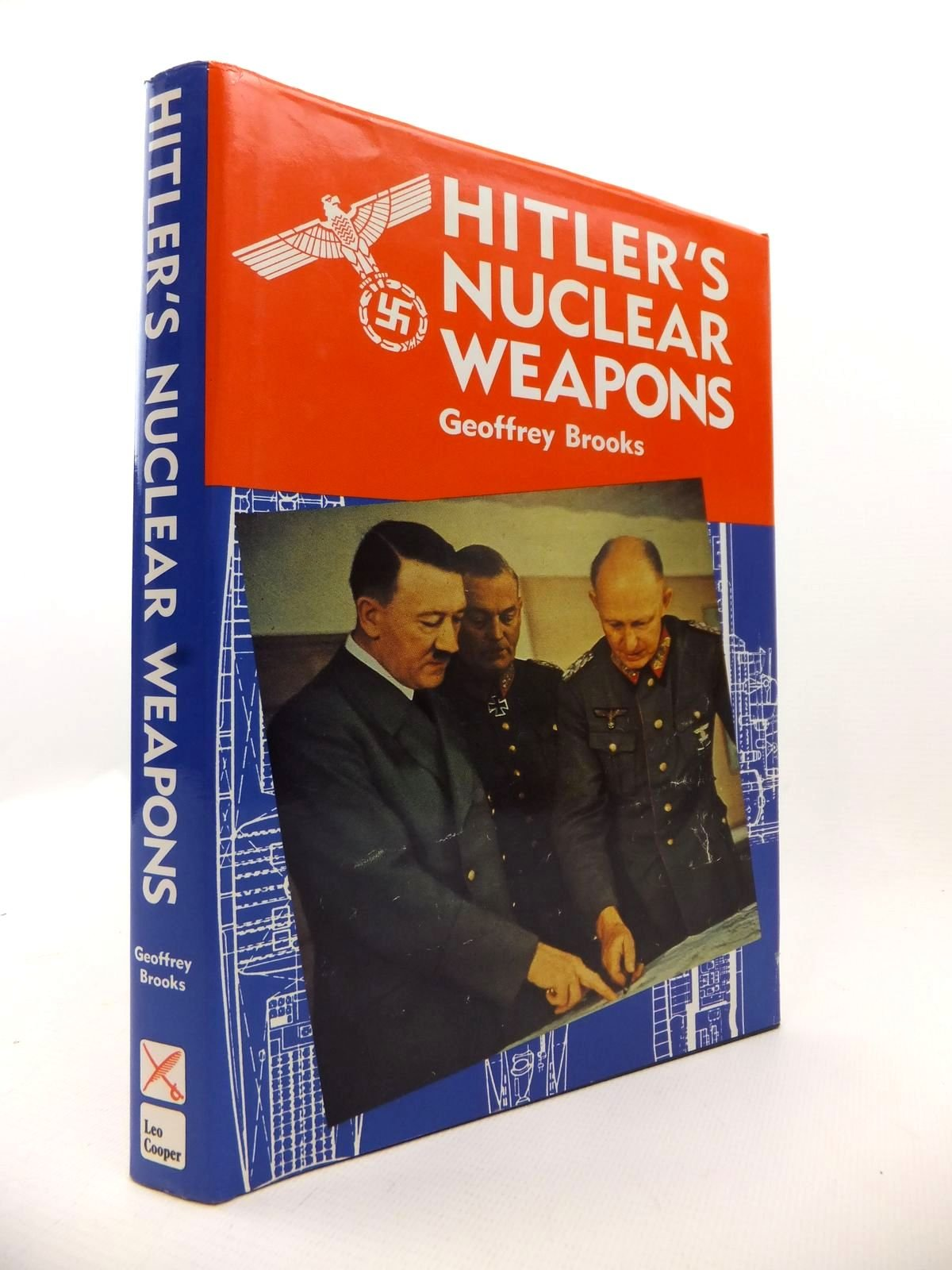
-

-
 Cuc: Flower of the Delta: A Viet Kieu Odyssey
Cuc: Flower of the Delta: A Viet Kieu Odysseyby Peter A. Geniesse
-

-
 Romania in Harm's Way, 1939-1941
Romania in Harm's Way, 1939-1941by Nicholas Constantinesco